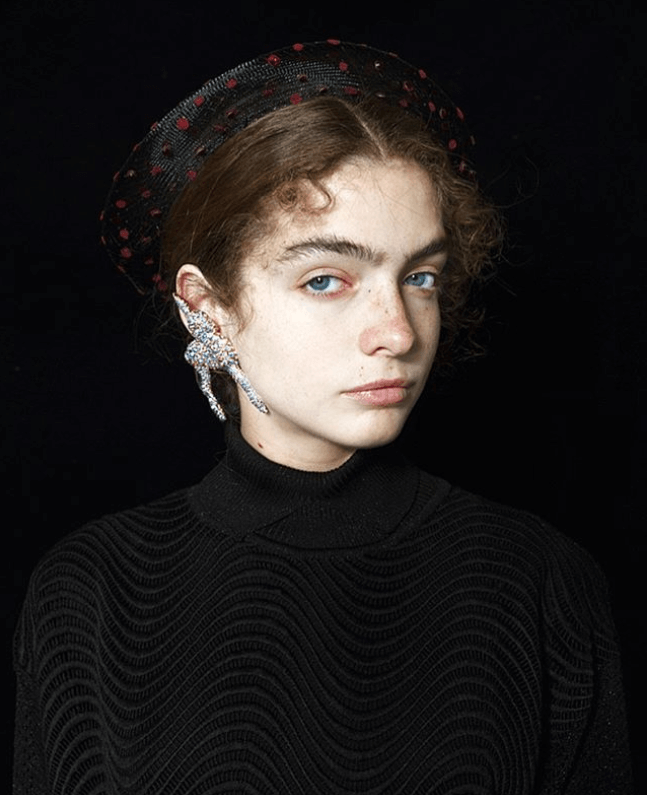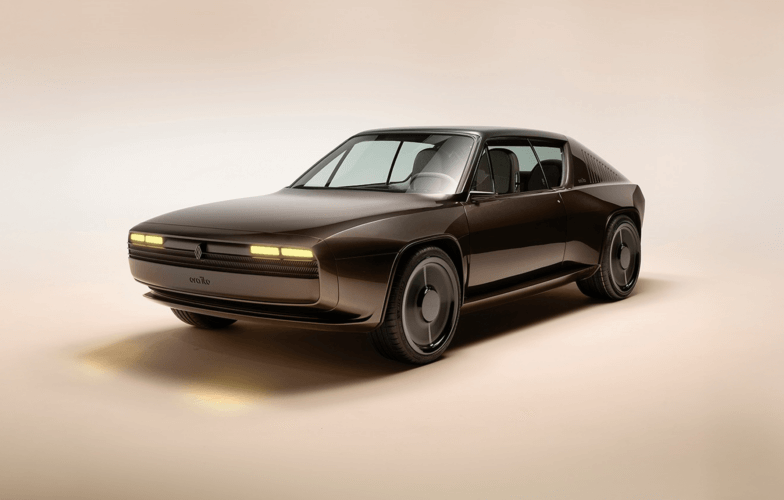
Black Is The New Black
DecodingsAt a time when sensory overload has become a common affliction, the color black is increasingly present in technical and creative responses to the desire for authenticity and reconnection with fundamental values.
The use of black was long regarded as indicating a lack of creativity but now, on the cusp of the 2020s, the scope of creative possibilities for this ultra-basic color is expanding.
Featured in many ar(t)chitectural and lifestyle concepts, black is also the object of new interest in the digital world. More than a consummate expression of simplicity, it has taken on social significance.
#Architecture – New Wise Wanted
In reaction to the many distractions present in our everyday life, the “back to basics” philosophy is finding multiple expressions using black.
As Wallpaper Magazine wrote last year in an article: “Over the centuries, the colour black is steeped in a history of functionality (…) As architectural styles, techniques and practices have developed, the colour has taken on aesthetic and symbolic uses, conveying a plethora of meanings across many different cultures: prominence, invisibility and spirituality. Join us to explore the best in contemporary black architecture, including projects featured in and beyond, and the reason why black is the new black…”
This evolution is a “wise” reaction to the riot of colors being propagated in the world of ar(t)chitecture, hence features prominently in the “Wise Architecture” phenomenon (cf. NellyRodi’s report earlier this year). The pro-black trend is evident in many avant-garde, anti-bling projects, several of which – e.g. the Groundwater Pumping Station (Austria), the Kalmar Museum of Art (Sweden) and Casa Hualle (Chile).
Phaidon, the world’s leading publisher of creative arts, also undertook this focus last year with a dedicated book: Black: Architecture in Monochrome, radiating through the exploration of 150 black structures, anti-flashy, built by the world’s greatest architects, including Mies van der Rohe, Philip Johnson, Jean Nouvel and Peter Marino.
This being said, it would be an oversimplification to attribute the “back to black” trend solely to a quest for calm and serenity. On the urban culture scene, the electronic music band Massive Attack reissued its landmark “Mezzanine” album in the form of DNA-encoded audio within matte black paint, winning a Wallpaper Design Award. Here, one notes an underground vibe capitalizing on black’s ancestral neutrality and rejecting established values and academism.
From the artistic standpoint, black has been widely used to reject and achieve differentiation from the present-day anarchy of images. The Instagram hashtags #black (137 million posts) and #blackandwhite (142 million posts) are especially popular with the new surrealists like Romina Ressia, lauded by Trendland online magazine and known for her ability to use Renaissance style to evoke modern issues, or Koketit, who uses black to accentuate an ultra-stylized message.
Black is also a chromatic fetish for less graphically oriented artists, such as Colombian photographer Daniel Garay Arango, who specializes in black-and-white, fine art/architectural and street photography.
In a project entitled “All Black But Gold“, artist Andre Larcev employs black to contrast with and highlight the preciousness of gold. Each black-and-gold object is shown against a dusky, off-black background, with sensuous touches of light to bring out the gleam of the gold. This effusive approach springs from and connects with the human desire for mystery.
#Tech – Dark, the New Light
In addition, the digital tech world is on board. One way to put a respectful distance between users and the digital world is to use dark mode. Whether for Smartphone apps (e.g. Evernote, Slack and Deezer), software (e.g. Google Chrome, Mozilla Firefox and Microsoft Office) or social media screens (e.g. YouTube, Instagram and Facebook), pale colors are out, considered to represent a certain visual saturation. Last September, for instance, Instagram launched its “dark mode” feature on iOS 13.
According to a Slash Gear article referring to the Android Dev Summit in 2018, Google said it would be introducing dark modes, having admitted that it was a mistake to have used the color white. This can be expected to improve the visual ecology, making it less distracting, more calm and serene.
#Branding – “Any valuation is verticalization”
In this day and age of storytelling, black also goes well with the new forms of branding and communication.
In the United Kingdom, some brands, seeking to communicate in authoritative fashion, are using assertive copy with short sentences and white lettering on a black background. A case in point is Deciem group (which notably owns the beauty brand The Ordinary.) : “We Are Abnormal. No, Seriously. We Are Really Not Kidding.”, which has adopted this style to convey its vision of living the slow life, the sustainability of its products and its commitment against hyper-consumerism.
Still in the United Kingdom, when designing the brand identity for “It’s Dog Food“, the creation studio Robot Food wanted to focus on functional black and white packaging and a way of speaking that reminds of brands like OffWhite “For Walking” imposing a certain style on their way of presenting the obvious.
A “Brand With Attitude” inspired by “Reconnection” Megatrend that makes black a symbolic of reinitialization, re-anchoring in the concrete, and a renewed proposal on authenticity.
Cover: Romina Ressia



